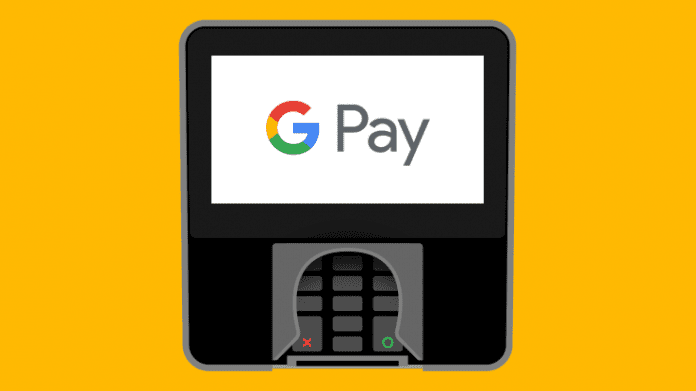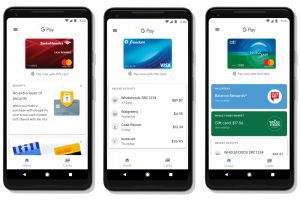Say goodbye to Android Pay and hello to Google Pay

As we reported last month, Google is uniting all of its different payment tools under the Google Pay brand. On Android, however, the Android Pay app stuck with its existing brand. That’s changing today, though, with the launch of Google Pay for Android. With this, Google is rolling out an update to Android Pay and introducing some new functionality that the company hopes will make its payment service ubiquitous — both in stores and on the internet.
In addition, Google is also launching a redesign of the Google Wallet app for sending and requesting money, and it’s now called Google Pay Send. Users in the U.S. and U.K., though, will also soon be able to use the Google Pay app for sending and requesting money. New users can download the Google Pay app today and existing Android Pay users will get updated over the course of the next few days.

At first glance, the new Google Pay app is basically a redesign of Android Pay, with a look and feel that adheres closer to Google’s own Material Design guidelines than the original. In terms of functionality, there isn’t all that much here that’s new. One notable change, though, is that the Google Pay home screen now shows you relevant stores around you where you can pay with Google Pay. That list is personalized, based on previous stores where you used the service, as well as your location. In addition, the home screen shows you all of your recent purchases and you can still add all of your loyalty cards to the app.
As Google’s VP of Product Management for Payments, Pali Bhat, told me, the team really wanted to make it extremely easy to get started with Google Pay and use the service to pay for goods online and in the real world — and to do so with as little friction as possible. That means that users who bank with Bank of America in the U.S. or a Google partner like Mbank in Poland can set up Google Pay right from their bank’s app without having to install Google Pay. Once that’s set up, you can simply pay with Google Pay online and out in the real world.
Similarly, if an online app or website wants to support this, developers can call a Google API to see if a given user has Google Pay enabled and can then accept payments through Google Pay (which still get routed through the developers’ regular payment processors like Stripe or Braintree).
“We give developers a very simple API to implement Google Pay,” Bhat noted. “The API is simple because we are not processing that payment. We just securely pass the credentials to whoever is doing it.” Apps like DoorDash, Airbnb, Hotel Tonight and others already support this feature today.
Comments
Post a Comment